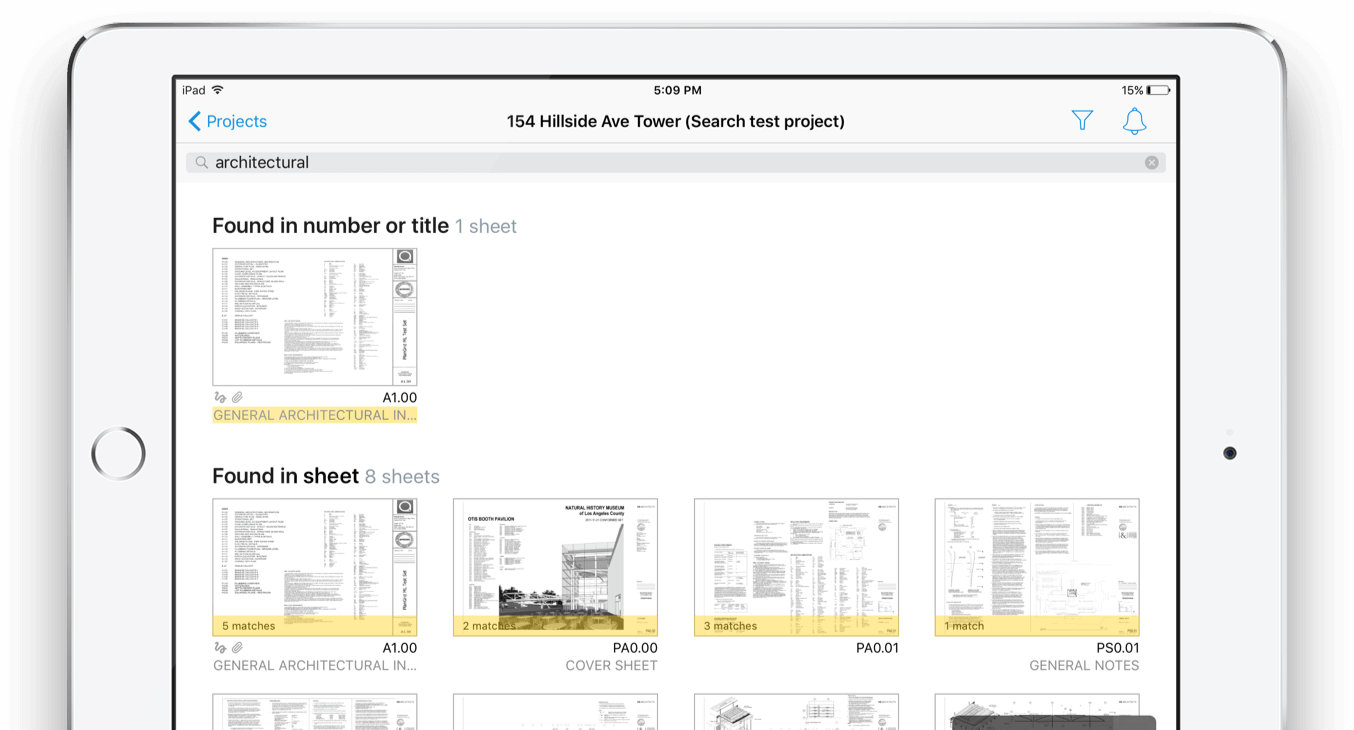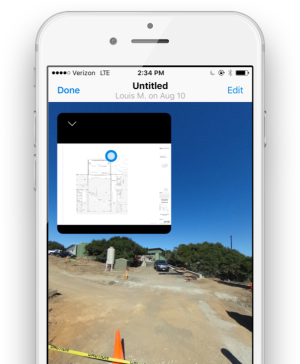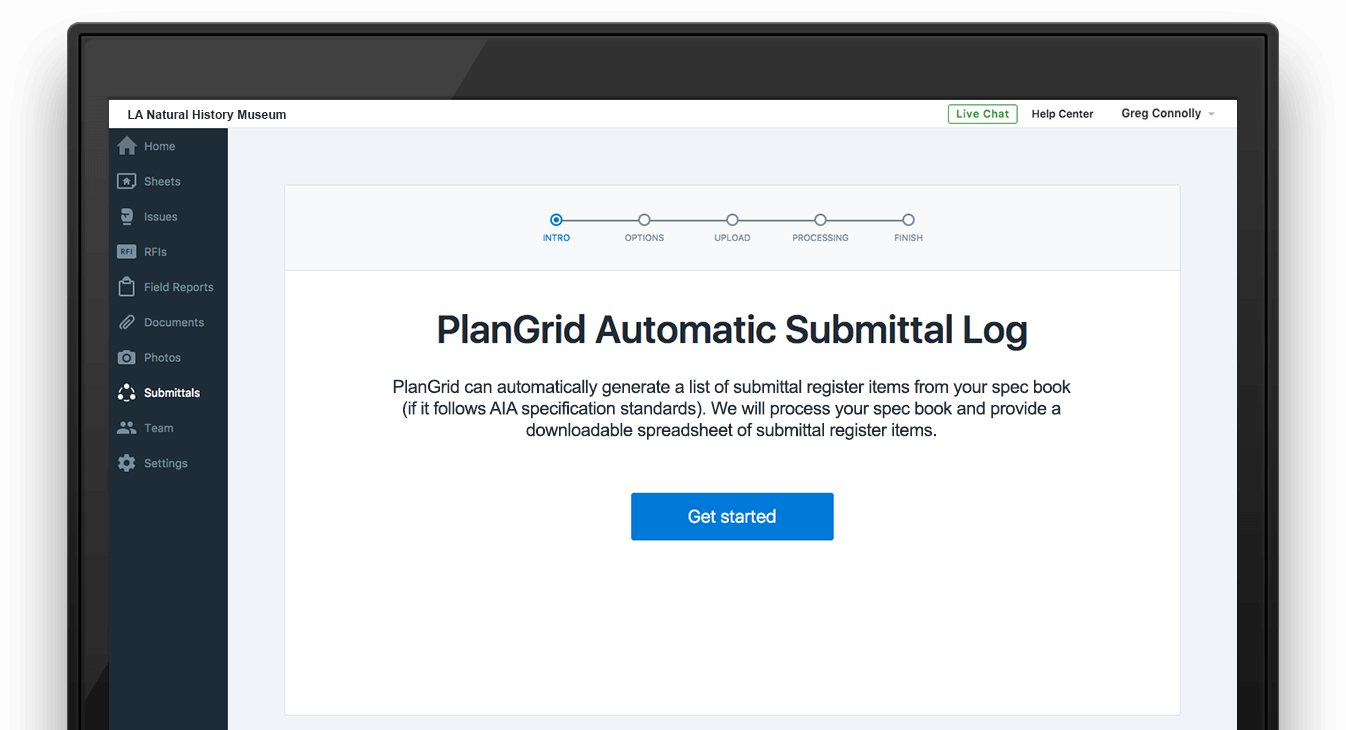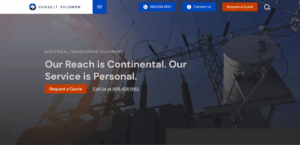If given a chance, imagine what you could build in just one week’s time. Learn a new skill? Create a personal website? Start a charity? Add in the right team and resources and the possibilities are infinite. As a maker of digital tools and software for construction, PlanGrid shares the same spirit for building as the industry it serves. Although PlanGrid took much longer than a week to build, by listening to our customers, in addition to having some of the best talent and teams in technology, our products have evolved to help solve major problems within the construction industry. But to continue to address the issues modern builders face, we constantly empower our staff to think and work outside of their individual job scope. With just one week, our biannual Hackweek helps to do just that.
By now, you’ve most likely heard of the concept of a Hackweek or Hackathon, but in most companies, the developments from these types of events are behind the scenes. However, at PlanGrid, the results from Hackweek have historically been front and center within our product. At the core of this year’s Hackweek, running from January 22-26, is our customers. For our teams, the mission is straightforward: slay long-standing and most requested bug fixes and features. Following a “Winter Carnival” theme, PlanGrid engineers will be rewarded tickets for each support ticket they solve and close–with the additional incentive for the chance to win prizes. Additionally, employees will also be free to work on their own PlanGrid-related projects of their choice.
By dedicating a week to “building” PlanGrid’s product offerings and platform, we have already made significant momentum in providing value to our customers and solving the construction industry’s productivity crisis. What will emerge from this year’s Hackweek? We’re not sure yet, but in the meantime, let’s take a look back at four major results and features that emerged as a result of past year’s event.
The 4 Best PlanGrid Customer Hacks
Sheet Compare
The Problem: No Way to See Prior Project Changes
During the construction document phase, thousands of documents are needed for a successful design. In addition to the sheer number of documents, blueprints are constantly revised and changed as the project evolves. If sheets are compared via paper or software that doesn’t include past revisions, project changes will surely be lost or executed incorrectly. As a result, not thoroughly tracking scope changes in documents could open up massive reworks or change orders, costs that no construction company wants to front if they can be avoided.
The Hack
Most importantly, PlanGrid exists to make construction projects more collaborative and productive, and in turn, improve your bottom line. At Hackweek, engineers realized that while document management system helped to bring more collaboration to projects, the inability to compare sheets and plans could inhibit productivity. From this, PlanGrid’s nifty feature Sheet Compare started to form, which allows product users to easily overlay any two sheets to view changes, identify design issues and review constructability. When the full scope of changes can be viewed in real-time, Sheet Compare reduces the risk that important changes will be overlooked.
Full Sheet Search
The Problem: Limited Document Search
Digitized documents already improve how construction professionals view and find information in their documents. However, when searching for documents in PlanGrid previously, customers were only able to search for sheet titles or specific categories. Although this search capability still made PlanGrid’s digital record set light years ahead of a paper system, users were still hoping the product took search one step further.
The Hack
Our users asked, and we listened. To meet their requests, we planned to expand search functionality within sheets to further add value for our customers. As a result, Full Sheet Search was prototyped in a recent Hackweek as a function to search documents by any text that might be included within them. Launched officially in October 2017 for all of our mobile platforms, customers can now search for text across all the sheets on a project and see where that text appears in the numbers and titles of the sheets, as well as on the sheets themselves. The feature even works offline.

360° Photos
The Problem: Incomplete Progress Photos
Progress photos are essential to construction. They tell the story of what’s been done and what still needs to be done in order to make it to project closeout. The problem is, they don’t always tell the full story. Traditionally, 2D photos can help you see or understand only one small area of a site. Even with multiple photos, it’s up to the viewer to piecemeal them together to figure out how they all fit together. In turn, 2D progress photos can only get you so far in efficiently assessing a job’s status.
The Hack
With the emergence of 360° cameras, we knew that the technology held huge opportunities for the construction industry. By using these specialized devices, builders can capture and view more of an immersive experience on jobsites, way more detailed than traditional progress photos and even videos. During the 2017 Hackweek, a participating team envisioned a way we could easily incorporate the footage from 360° cameras in our platform. PlanGrid already supported photos and videos, so our team found a way to support the file format of this new type of content. Even better than just viewing a new type of content, when 360° photos are viewed in the context of drawings, field workers and project managers can make better decisions, in real time, affecting the outcome of the project.

Automatic Submittal Log
The Problem: Creating Submittals Wasted Time and Resources
Construction professionals agree: submittals is a massive drain on time and resources. Before construction begins, a list needs to be compiled of all the shop drawings, cut sheets, color charts, materials, etc., that need to be submitted for approval. Usually, the only option for construction companies is to read through several thousand pages of specifications and create this list manually. In addition to taking weeks, the process leaves room for common human errors, which can set back a project with serious delays and cost overruns.
The Hack
During PlanGrid’s 2017 Hackweek, our teams recognized the frustration construction professionals felt while creating submittals and we knew there had to be a simpler way. Since PlanGrid’s technology was already adept at reading and analyzing sheets and other essential construction documents, we realized we could also apply this idea to the submittals process. The recent launch of Automatic Submittal Log was a concept born from last year’s event: all builders need to do is upload their specification document and PlanGrid will automatically compile a submittals log within minutes. This product used with PlanGrid’s Submittals, designed to streamline reviews, saves teams massive amounts of time and money in the planning phase.

The Future of PlanGrid
What will emerge from this year’s Hackweek? We’re not sure, but we do know next week’s results will make a positive impact on the trajectory of our product and customer relationships in the near future.
Stay tuned to our blog next week for updates on PlanGrid’s 2018 Hackweek!



Responses